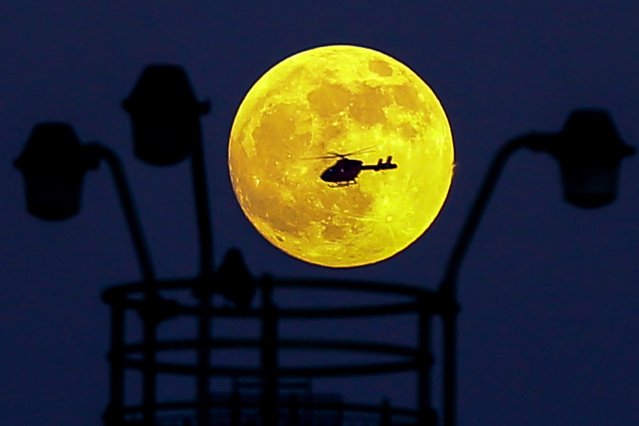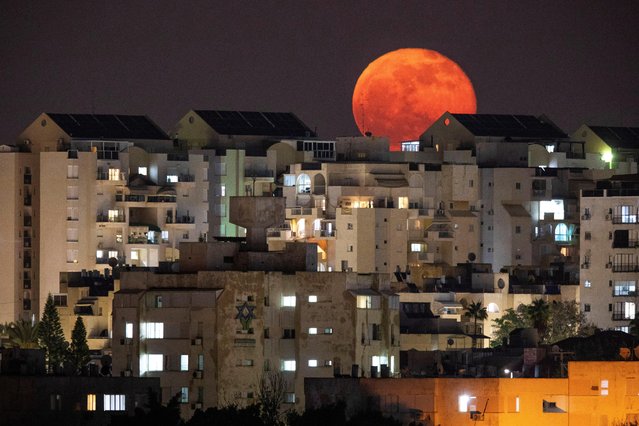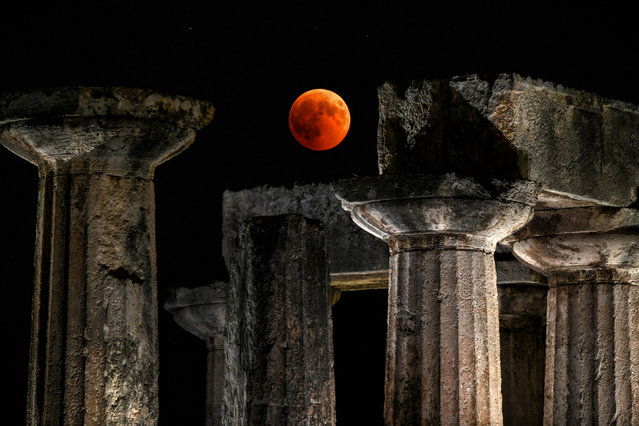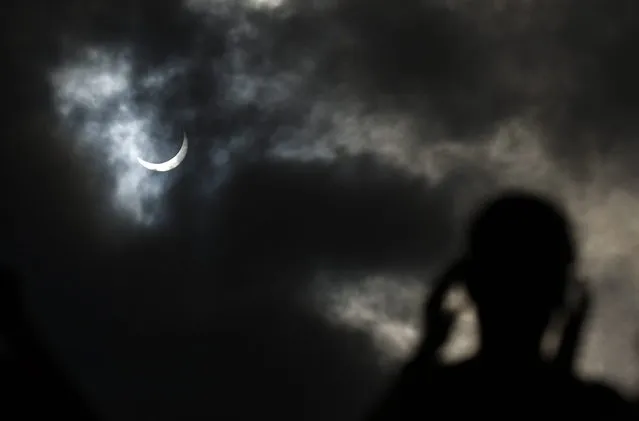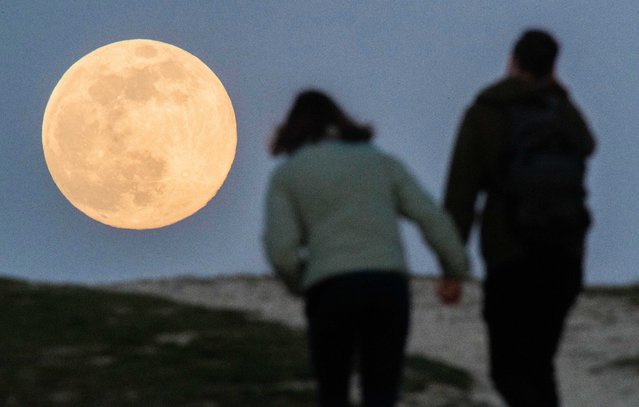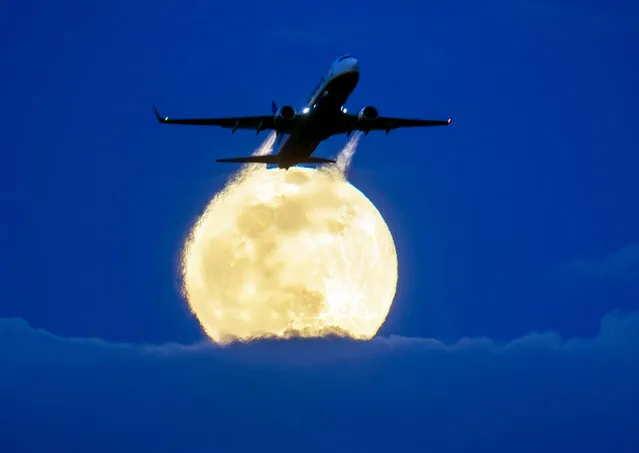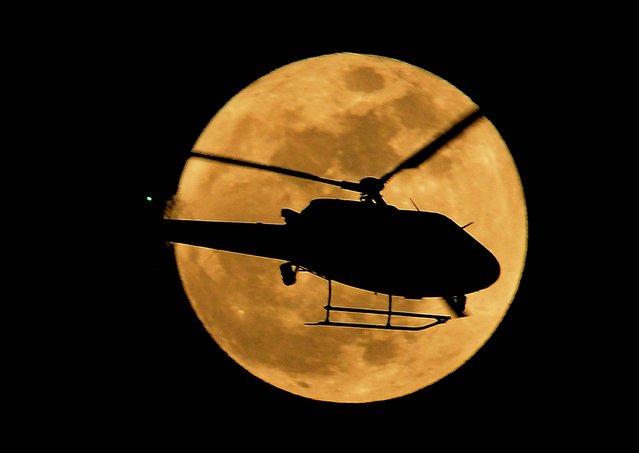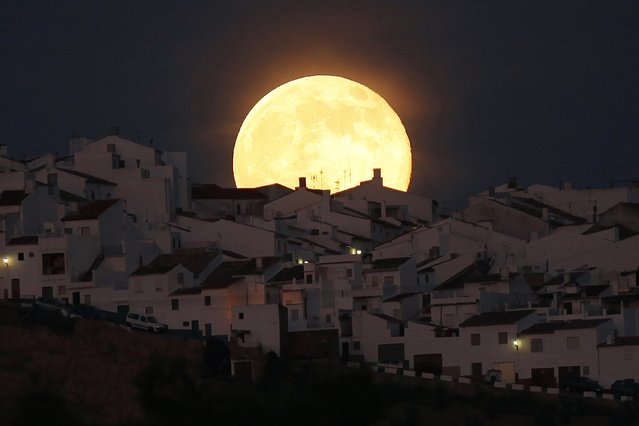
The Supermoon rises over houses in Olvera, in the southern Spanish province of Cadiz, July 12, 2014. Occurring when a full moon or new moon coincides with the closest approach the moon makes to the Earth, the Supermoon results in a larger-than-usual appearance of the lunar disk. (Photo by Jon Nazca/Reuters)
14 Jul 2014 13:03:00,post received
0 comments

